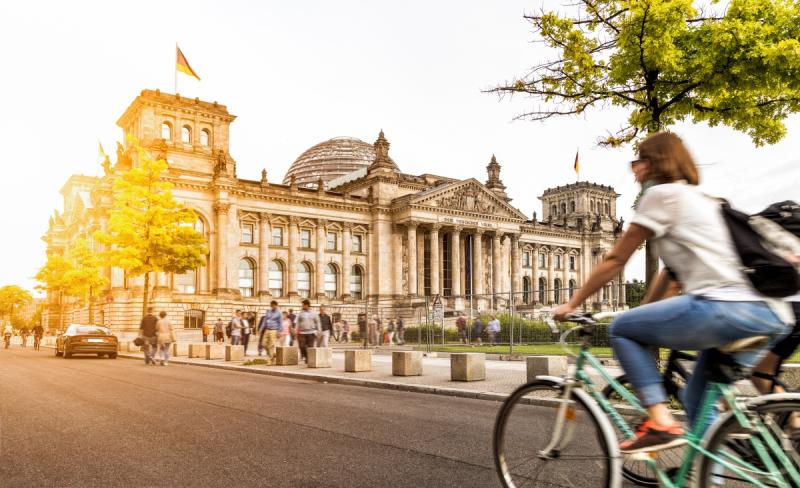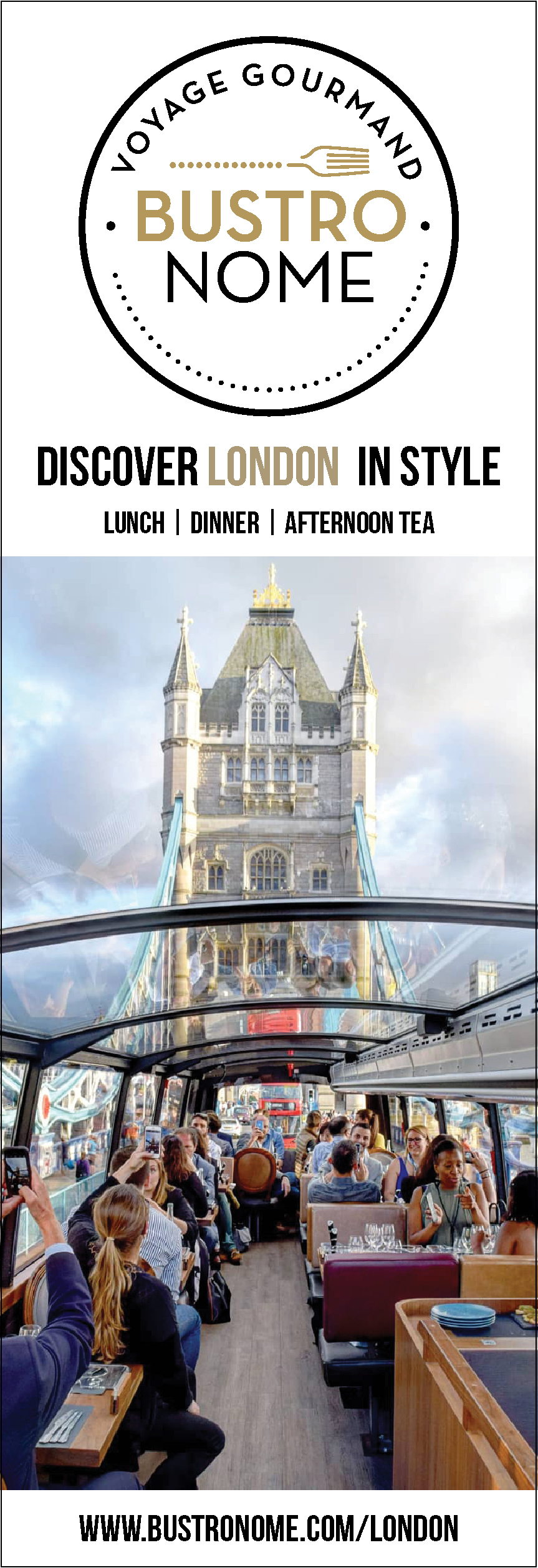
Back In The USSR: Holidaying Behind The Iron Curtain
It’s been a little over 25 years since The Berlin Wall fell. Contrary to popular belief, it didn’t happen overnight – demolition of The Wall didn’t finish until 1992. However, one immutable fact was that Communism in Europe was over, and countries once under Soviet rule were allowed to have their own governments, their own laws, and their own freedom. Now, former members of the Western Bloc are open for tourists almost all year round. In each of these former Communist countries you can find magnificent tourist destinations and stark reminders of Communist rule in equal measure.
Berlin will most likely be the starting point for any journey through the former USSR, if only because it’s easy to get flights there. It’s nearly impossible to pigeonhole Berlin; as historical as it is contemporary, the only thing that is constant in Berlin is its energy. People say that New York is the city that never sleeps, but those people have never visited Berlin – a visit to Badfish Bar in North Berlin is as essential as a visit to The Berlin Wall Memorial in the Mitte district. Whatever else you decide to do in Berlin, you are sure to have a memorable experience.
The Czech Republic is filled with vestiges of its troubled past; in the capital city Prague, it’s possible to get tours in old Communist cars and learn about The Prague Spring. However, there are other parts of this country where you can learn more about what is was like living under the Communist regime – The Jáchymov Museum in West Bohemia, for example, has an exhibit on how political dissidents were forced to dig for uranium ore in the local mine. The Premonstratensian Monastery in the Vysočina region was once an internment camp for spiritual leaders in a regime that had forbidden any religious worship, but nowadays is a tranquil spot where the monks make a selection of different beers in their cellars.
Slovakia, the other half of what was once Czechoslovakia, also has tours detailing Soviet rule. Local tour company Authentic Slovakia holds what it calls “Post Socialist City Tours” by taking tourists around Bratislava, Slovakia’s capital, in a 1970s Škoda to show them what remains of Soviet architecture. Tours can last either two or four hours – the four hour tour gives time to see even more Communist buildings, as well as getting in a glass of beer or Kofola (Eastern Europe’s answer to Pepsi and Coca Cola) at a local bar.
Although Hungary is considered a quieter country than some of its neighbours, Budapest is a lively destination full of pleasant surprises. Discover Budapest’s “Hammer & Sickle Tour” shows you how Hungary has always fought for independence for the last 200 years, as well as telling you about the 1956 Revolution and how Communism controlled all aspects of Hungarian life. Also of note is Memorial Park, an open-air museum of statues from now-demolished Soviet propaganda. For something a little more tongue-in-cheek, why not pop into one of Budapest’s “ruin bars”. Years after they were abandoned and left to decay, various buildings around the capital (primarily in Kazinczy Street) were transformed into essential parts of Budapest’s nightlife; most of these are great spots to have a fun time but Szimpla Kert, the first ever “ruin bar”, is still the best.
Poland, one of the most industrialised countries on the trail, has its fair share of Communist relics. One of the most persistent are the milk bars dotted around the capital city of Warsaw; originally created in the 1960s so as to feed the population cheaply with various milk-based meals, you can still find one today if you want to a taste of what it was like to live in this country during days gone-by. Like Bratislava, Warsaw Private Tours offers tours through the capital’s “socialist realist” architecture – the main difference is that WPT ferries tourists around in a Polski Fiat 125p.
The Republic of Lithuania was the first country to secede from The Soviet Union. Lithuania’s Communist past is celebrated in perhaps the most unique way; Grūtas Park – near the town of Druskininkai, some 80 miles from the capital city of Vilnius – was created back in 2001 by eccentric entrepreneur Viliumas Malinauskas, is an open-air collection of Soviet statues, like Hungary’s Memorial Park. Unlike Memorial Park, Grūtas Park openly mocks what was once feared by generations of Lithuanians – there’s a merry-go-round and a small zoo right next to imposing statues of Lenin and Stalin, and you have the chance to go down into a Soviet bunker!
Riga, capital of Latvia, provides what might perhaps be the most intense “Communist tour”. The 4½ hour tour takes you through Ķengarags, a neighbourhood that has somehow remained untouched by the fall of Communism. It can be genuinely shocking to see just how little has changed for the people living there, as well as seeing the train station where over 42,000 Latvians – more than 2% of Latvia’s pre-war population - were labelled as “people’s enemies” and deported to Siberia following Stalin’s invasion during the Second World War. There is a monument to those who were deportedat Torņakalns Railway Station.
While Estonia has more in common with Finland, culturally speaking, it was ruled by the USSR for far too long. Although most Estonians would prefer to move forward from those dark days, you can still find fragments of Soviet rule. EstAdventures provides a full-day driving tour in and around the capital Tallinn, showing the ruins of a rocket site and a nuclear submarine base, as well as The Bronze Soldier of Tallinn, a war memorial statue that initiated the worst riot in Estonia’s history. Also worth visiting is the Viru Hotel KGB Museum, which explains how Soviet propaganda fell short of reality.
Visiting Moscow might be considered an odd way to end a trip about seeing the effects of Soviet rule on Eastern Europe but it is unquestionably the place to see if you want to get the fullest experience of the USSR. Be sure to experience Red Square and The Kremlin, as well a Communist Tour. Even their public transport has a direct history with Communism – Mayakovskaya was turned into an impromptu meeting room when the Luftwaffe was bombing Moscow in 1941.
Share this article:



















